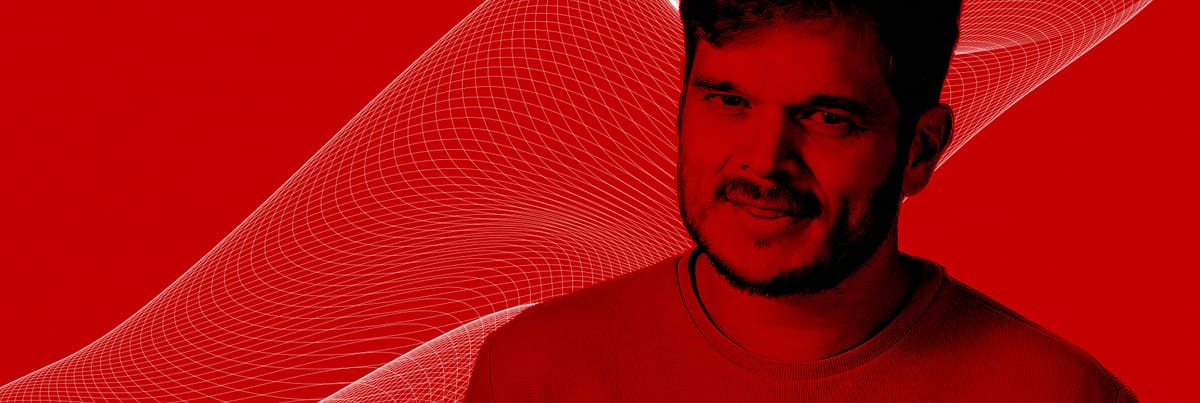We don’t believe in isolated solutions or lone heroes who single-handedly hold the fortress against every challenge.
While our CTO ad interim service and staff engineering support are each powerful in their own right, the real magic happens when we blend them. Why? Technical strategy without execution is just theory, a compass doesn't sail the boat on its own now does it? On the other hand, strong execution without a clever strategy can lead to chaos, like a team of rowers paddling in different directions. Real progress is being made when we can combine our services.
The perfect mix: strategy and execution
Our CTOs ad interim bring clarity and direction. They focus on high-level technical strategy, process improvements, and leadership development. But vision alone isn’t enough. That’s where our staff engineers come in. They don’t just code when joining our client's tech teams; they observe, lead by example, refine processes, and ensure knowledge transfer so teams can operate at their best. And they do it in a fully collaborative approach.
This combination helps startups and scale-ups solve complex technical challenges while simultaneously growing their internal teams. Our approach isn’t about long-term dependency. Quite the opposite—we aim to build self-sufficient teams that can thrive without us. That’s why we discuss our exit-strategy with our clients from day one.
Making informed decisions
One key element of our approach is ensuring that technical decisions are made with clarity and collaboration. Inspired by effective CTO decision-making frameworks, we are able to zoom in on specific details that need attention, but also zoom out to keep the overview, guard the strategy, and involve the right stakeholders. By creating space for asynchronous discussions and gathering team insights, we make sure that both leadership and engineering teams align on critical decisions.
Moreover, combining these two services allows for working on greater and more complex teams and products. We prioritise knowledge-sharing methods like feature passports to document reasoning behind technical choices. This ensures that future teams can understand the context behind past decisions, preventing knowledge loss when key contributors move on. This approach allows us to dive into both the broader architectural vision as well as the business impact and effort assessment of code changes, ensuring feasibility and alignment with strategic goals.
Beyond technical expertise, we bridge the gap between business and tech, ensuring both sides understand each other. We speak both business and tech fluently, providing technical proficiency, architectural oversight, compliance guidance, and mentoring. Our role is to create a level playing field in communication between all stakeholders, preventing misunderstandings that often arise when teams feel they are "speaking different languages."
Avoiding Key Person Risk
One common challenge in technical teams is Key Person Risk (KPR), where critical knowledge is concentrated in a single expert. This is often seen when one developer is the go-to person for an entire infrastructure, framework, or system. While this can seem efficient in the short term, it creates bottlenecks and long-term risks.
Instead of relying on a single hero, we encourage a knowledge-sharing culture. One effective approach is shifting these specialists into advisory roles, where they guide others rather than doing all the work themselves. Techniques like mob programming or structured mentoring sessions ensure that expertise is distributed across the team. While this may feel slower initially, it builds long-term resilience, increases confidence among team members, and improves documentation. Over time, this reduces reliance on a single individual and fosters a more capable and autonomous engineering team.
Why this matters for startups and scale-ups
Growing a technical team while maintaining momentum is tough. Many startups struggle with scaling their engineering teams, defining clear career paths, and avoiding knowledge silos. Instead of plugging gaps with temporary hires or consultants who create more dependencies, we embed ourselves within your team, improve technical decision-making, and uplift the entire engineering culture.
We don’t just fix things. We empower teams to sustain and scale the improvements we implement. Whether it’s improving technical processes, mentoring engineers, or implementing robust architectural decisions, our goal is always to leave teams stronger than we found them.
Building a culture of continuous improvement makes us happy. And so does seeing a succesfull onboarding and hiring approach result in growth and scalability.
Stepping back, not staying forever
A key principle of our work is stepping back as soon as possible. Unlike traditional consulting firms that create long-term reliance, we structure our engagements to ensure teams become self-sufficient. By the time we step away, your technical leadership and engineering teams are fully equipped to continue growing and scaling with confidence. Our approach to technical leadership is not just about implementing solutions but also about enabling teams and individuals to grow.
Through mentoring and coaching, we help CTOs, engineering managers, and staff engineers develop the leadership skills needed to guide a SaaS business effectively. We embed ourselves in your teams, working hands-on to refine processes, enhance documentation, and create a sustainable development culture. By focusing on self-awareness, strategic thinking, and process improvement, we ensure that your technical leadership evolves alongside your company's growth.
If you’re looking for more than just a quick fix and want to build a resilient, high-performing engineering team, let’s talk. By combining leadership and execution, we help you scale smarter—without unnecessary dependencies.










Member discussion